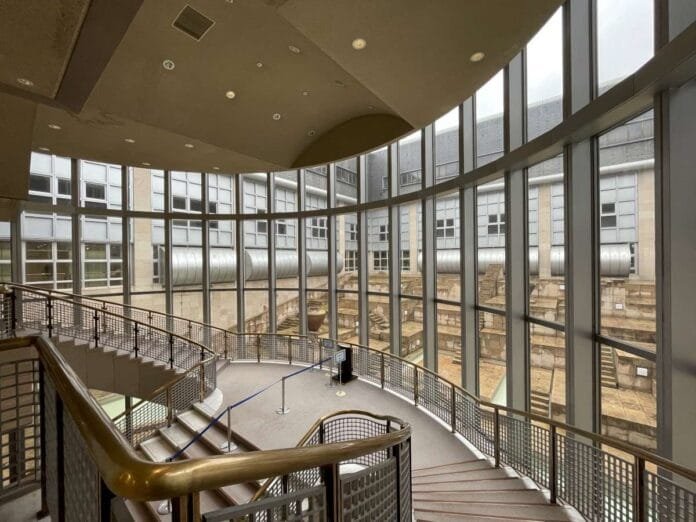
Have you ever dreamed about taking a trip around the whole world? Swim in the pristine blue lagoons of the South Pacific Islands, embark on the Inka trail in Peru, join colorful carnivals in Brazil, learn about the old civilizations in the Middle East, soak in the impressive history of Europe, climb the highest peaks of dramatic mountain ranges in Asia and visit the mysterious temples of Japan, while learning about the unique culture of each nation… Sounds exciting to you? What if I told you that you can experience it all in one day? National Museum of Ethnology Osaka
The dream that may seem impossible, especially in one day, can become true in the amazing National Museum of Ethnology in Osaka located in Expo 70 Commemorative park. This fun and interactive museum that also contains laboratory with the goal of conducting ethnological research to raise awareness of cultural heritage of societies around the world will take you on an incredible journey that not only educates, but sparks your traveler’s spirit. I have visited the museum recently and I was in awe. Here’s my detailed guide for your future visit! National Museum of Ethnology Osaka
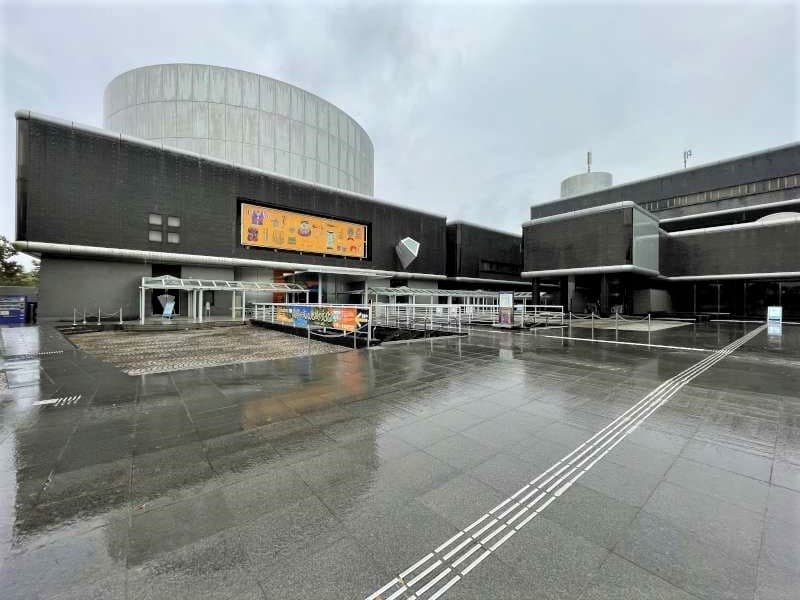
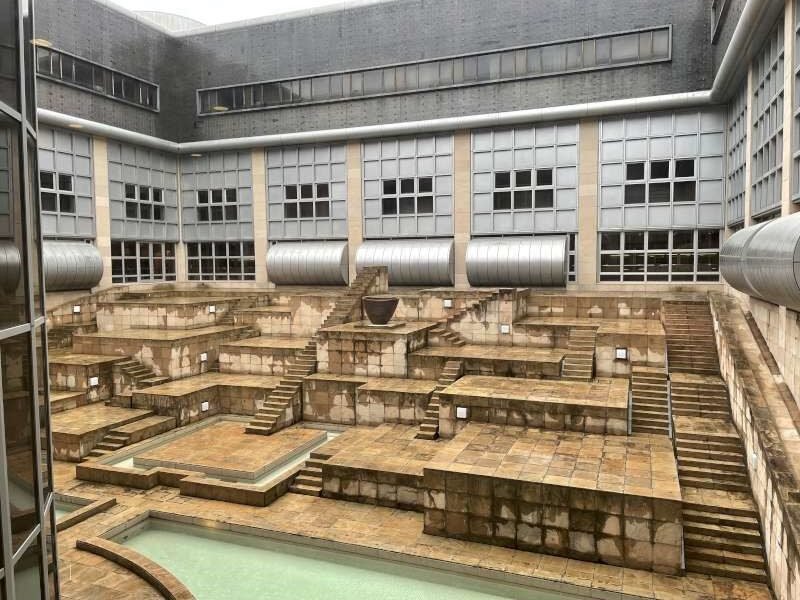
Table of Contents
Oceania and Pacific Islands
The exhibition starts in the thousands of big and small islands of Polynesia and Oceania that are scattered wide and far through the immense Pacific Ocean. They are inhabited by people who mostly grow root and tree crops and are highly skilled in the arts of seafaring, sailing and navigation. You can see here not only the traditional Polynesian vessel, ceremonial masks and historical celebratory costumes, but also a small exhibition of how people live in this part of the world nowadays. I particularly liked the fashion that people wear to church on different islands. Seeing the white dress and a fair shirt with dressy pants of Cook Islanders, I was able to transfer myself for a minute back to this paradise, when we visited the Sunday Mass on Rarotonga. It is truly spot-on.
Other sections include portrays of how people migrated into Oceania in the past, how they developed diverse techniques to survive here with such limited resources and how they were affected by encounters with “the outside world”. National Museum of Ethnology Osaka
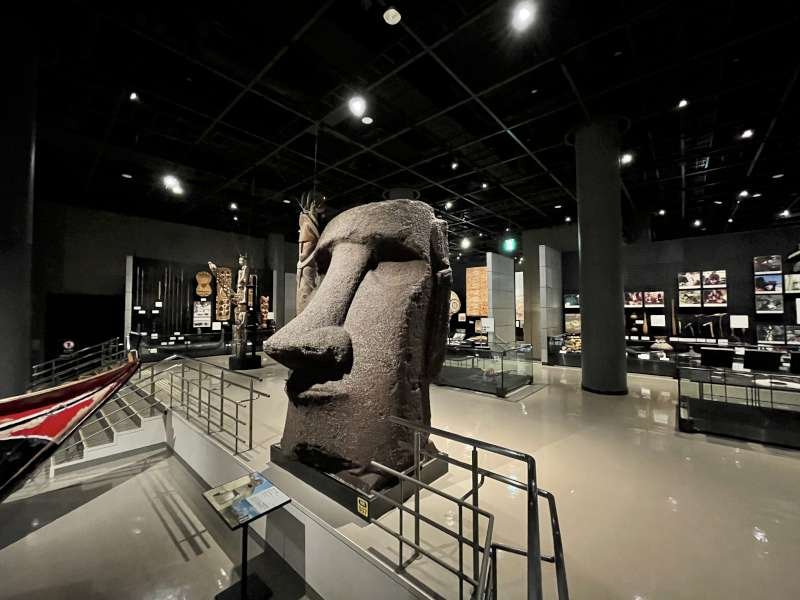
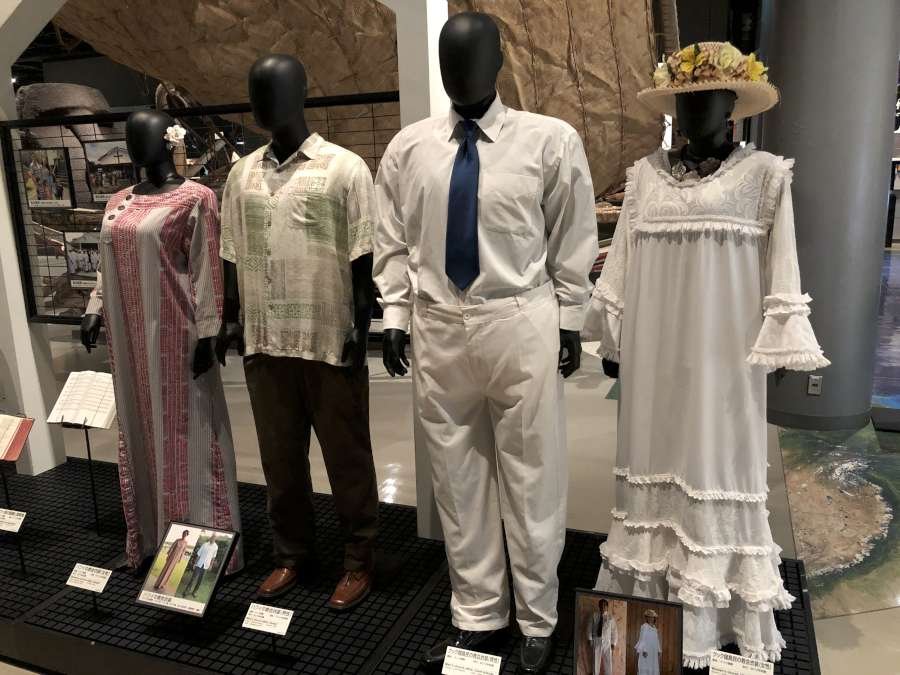
Australia and New Zealand
From the South Pacific we move to New Zealand and Australia. This exhibition is not big in size, and it is more or less part of the Pacific exhibit. It is mostly dedicated to the Maori and Aboriginal art and their appreciation to the Land and nature.
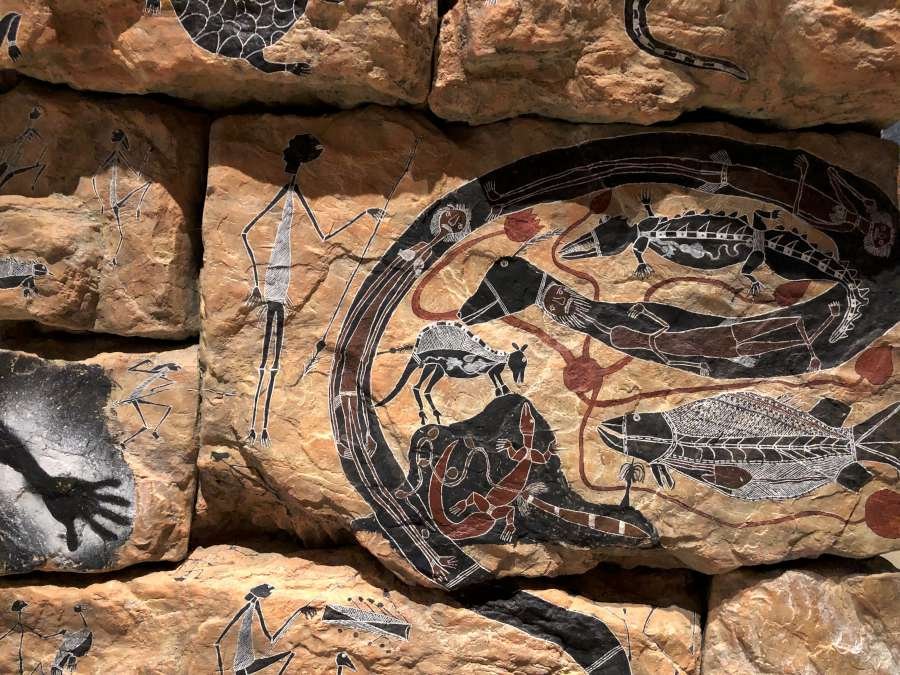
American Continent
The vast expanses of the Americas range from tropical rainforest, through never-ending prairies to the arctic regions. Both continents encompass a huge diversity of natural environments. The museum showcases how the people in this part of world were adapting to these different settings and how they developed distinctive lifeways. Agriculture started to prosper and it became a driving force behind the rise of the Maya, Aztec and Inca civilizations.
With European colonization, new foreign influences started to penetrate everyday life that could be seen in clothing, diet and religion. The museum exhibition also draws attention to the Indigenous artists and craftsmen who creatively combine tradition with modern values in their work. National Museum of Ethnology Osaka
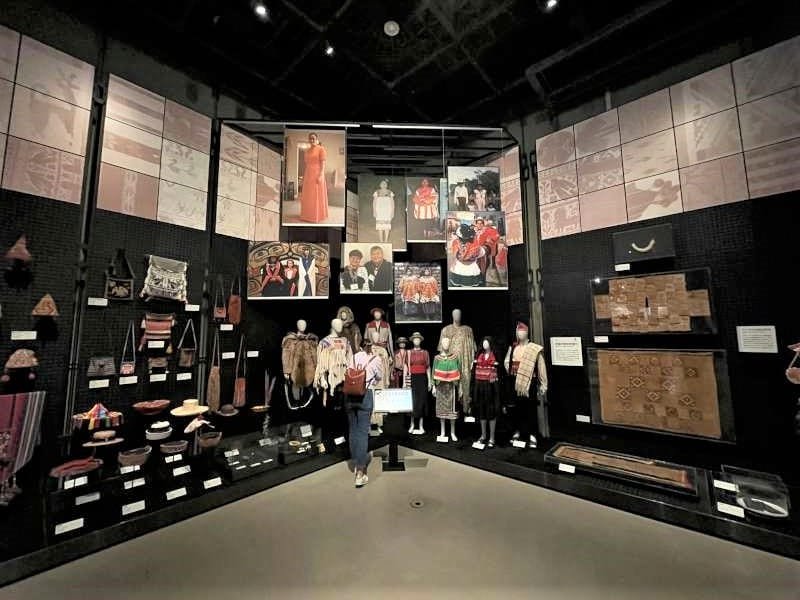
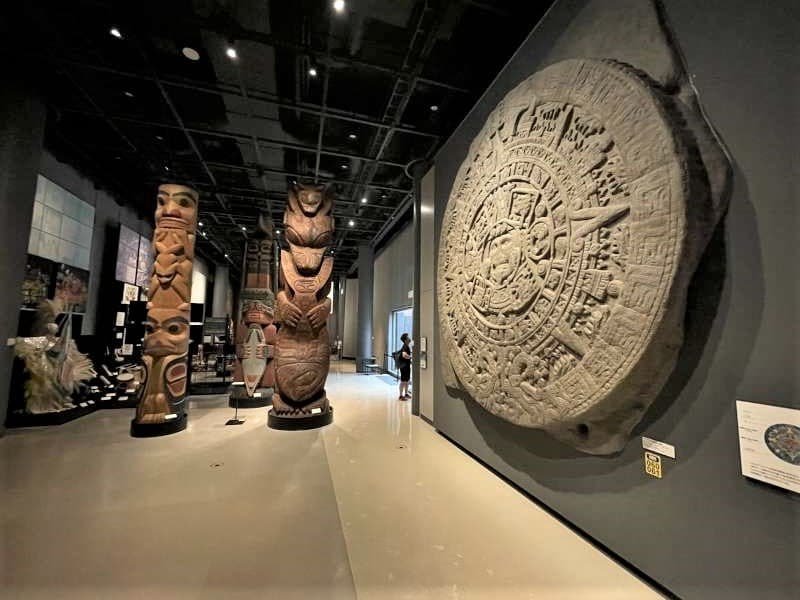
Europe
The European part of the museum is focused on the modern ages. From the 16th to the 20th century, Europe was the center from which Christianity and modern institutions, technologies and knowledge spread around the world. Now the tides have turned and immigrants from different countries are making themselves part of the European society.
The exhibition explores European folk traditions, ethnicities, industrialization, immigration, religion and overall formation of modern Europe. Global movements of people and goods, creation of European Union and immigration of people from former colonies – all these events contributed to the transformation of the face of Europe. National Museum of Ethnology Osaka
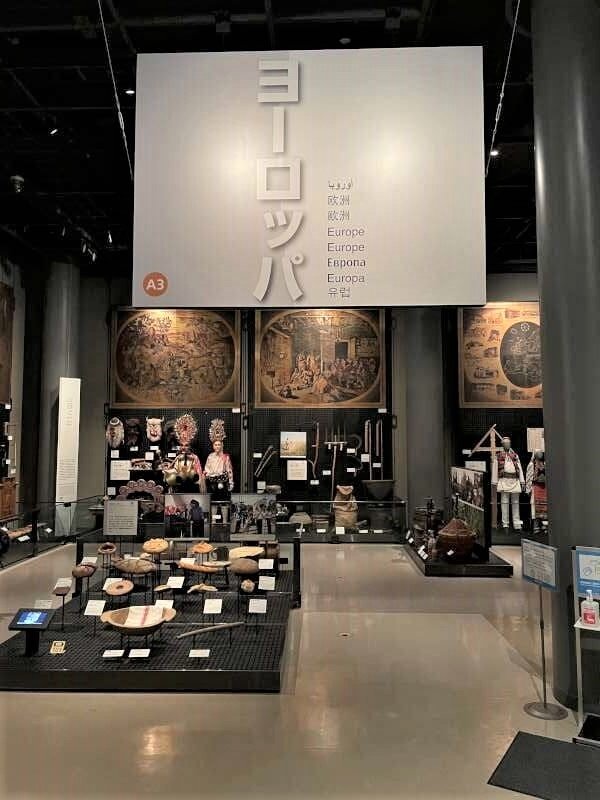
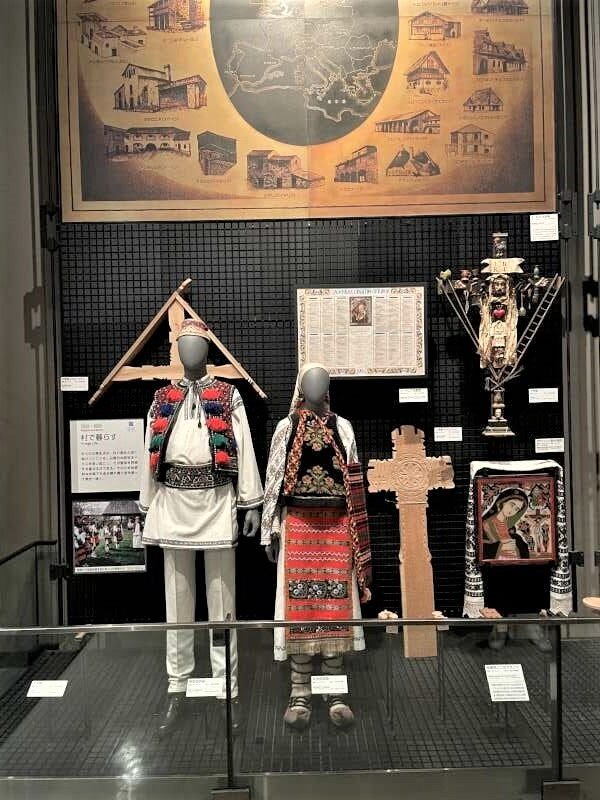
Africa
Africa, the birthplace of humanity, has gone through many changes throughout the history. We can see the results of them in the diversity of languages, cultures and ethnicities that we see in the African continent today. In the African exhibit, the main focus is on people that live in Africa today in four different aspects – urban life, work, adornment and prayer.
Because knowing the past is essential for understanding the African present, the gallery starts with a look into the history – from birth of civilization, and the first farming and pottery production, to the slave trades, colonies and struggles for liberation.
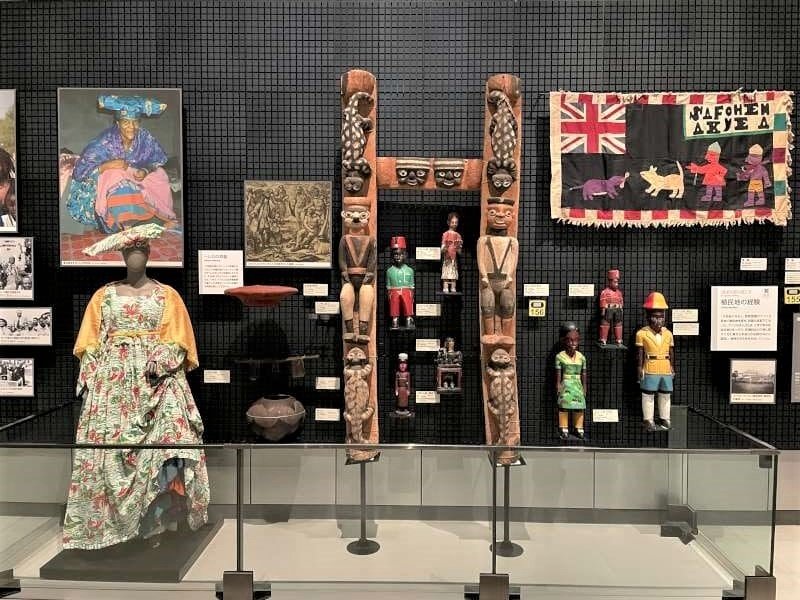
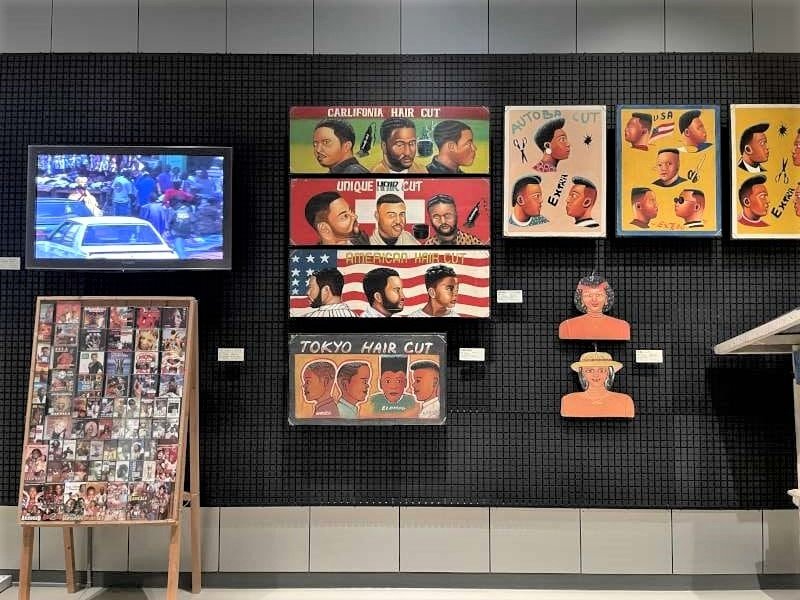
Middle East
West Asia and North Africa, or the Middle East, consists mainly of dry lands. That is why these regions were inhabited mostly by nomadic people since long time ago. At the same time, however, urban cultures flourished in large cities such as Baghdad and Cairo. The major religion here is Islam, but this region is also the cradle of Judaism and Christianity. The exhibition of this part of the world highlights religious practices, nomadic life, and women’s dresses alongside with music and dance to show how global change had reached the lives of people in West Asia and North Africa.
Because I visited Egypt in the past and I was able to experience an evening within a Bedouin community, I particularly appreciated the showcase of living in the dessert and the life-size Bedouin tent. The shelter, clothing and food of nomads display a great wisdom that they were able to acquire when living in such harsh environments. National Museum of Ethnology Osaka
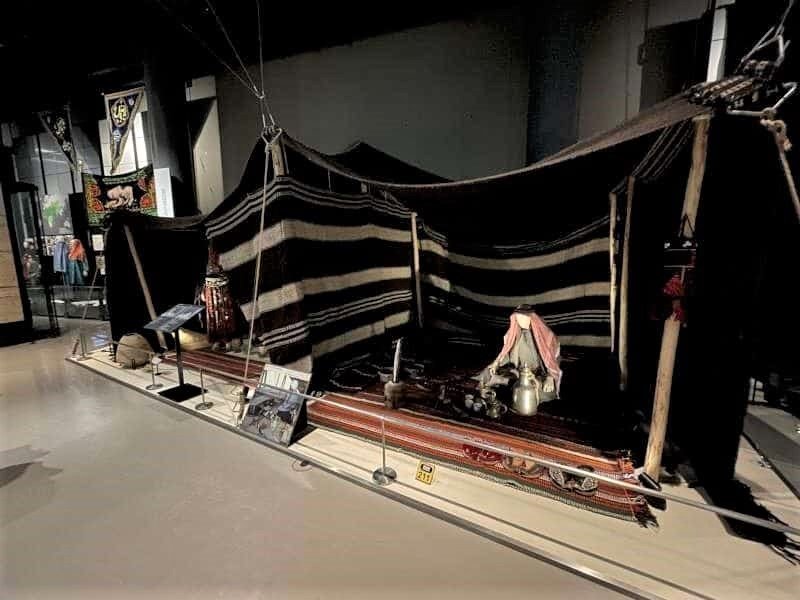
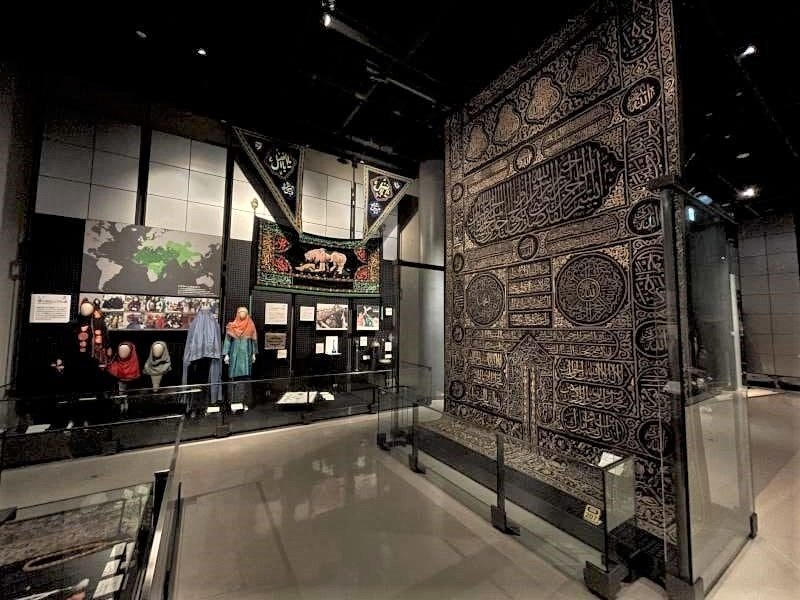
South Asia
The region of South Asia extends from the mountainous north, to the Arabian Sea in the west and the Bay of Bengal in the east. The vast range of natural environments in this area caused the enormous diversity of religions, cultures and ways of life of the nations who inhabit this part of the world. National Museum of Ethnology Osaka
South Asia’s values are rooted in the indigenous forms of religion. Buddhism and Hinduism arose from Brahmanism, but also foreign religions found their influences here. Together they continue to affect present-day lives of local peoples. Religion isn’t the only aspect that influences life in South Asia. It is also the environment that scales from Himalayas, through dry lands to tropical regions with high rainfall.
In the museum we can see colorful and lively displays of everyday objects, clothes, ceremonial items and even a tent used for trekking in the Himalayas in the past. It is a fun mix that reflects the busy cities and streets of South Asia where along bicycles, people and cars, you can also meet livestock, motorized rickshaws and street vendors.
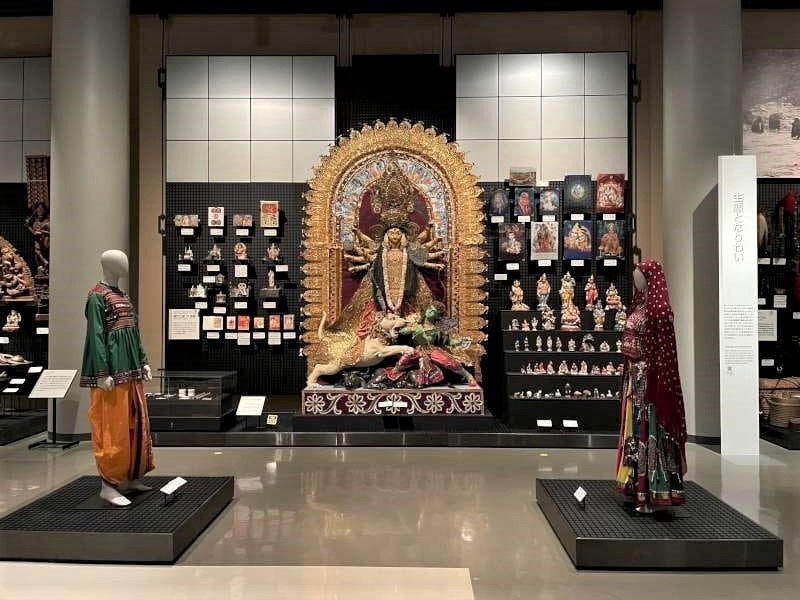

South-East Asia
Southeast Asian exhibit in the museum carries the theme of “A day in life of Southeast Asia”. The tropical hot climate in this region makes people to wake up early in the morning and go out to work on their rice fields. Then around noon, when the weather becomes too hot and unbearable, they return home to relax in the shade and share a meal with their family. In the evening, after a quick storm that cools down the air, they come out again to work some more, pray in temples, head to outdoor food stalls with friends or family, or just relax and enjoy traditional performing arts.
The region of Southeast Asia is encompassed by rainforests and seas. The primary subsistence is rice and agriculture. Many people go hunt in the jungle or fish in freshwater rivers or seas. Since the 90ties, more and more people exchange the quaint life in the village for busy bamboozling cities that are on the rise. National Museum of Ethnology Osaka

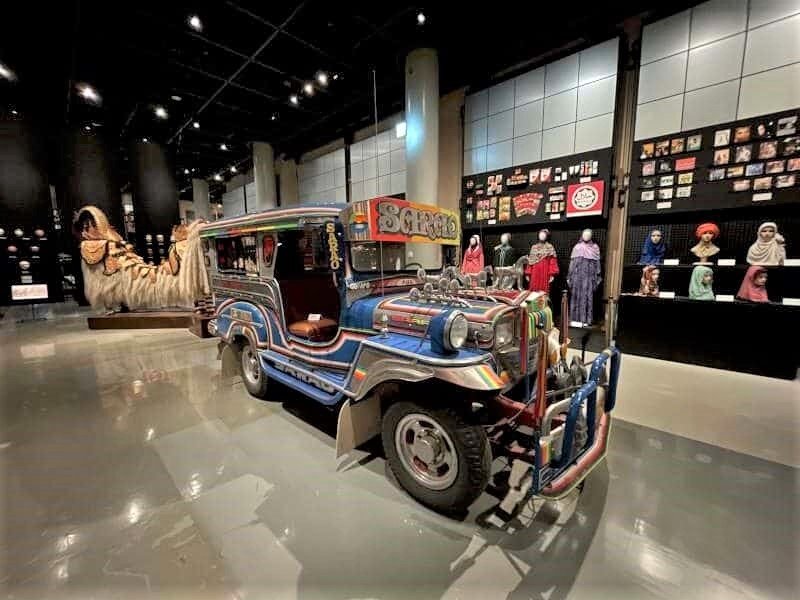
Korean Peninsula
The next display in the museum portrays the life and culture on the Korean peninsula. The people of this region developed their own unique culture under the constant influences from other ethnic groups. They adopted cultural elements from Eastern Siberia in ancient times, while later the main influence came from China. The Chinese elements were domesticated and reworked until they became undeniably Korean. As a result, we got a Korean culture with a level of integration that is rarely found anywhere in the world.
In modern times, Korea was colonized by Japan, then it suffered and was demolished by war, until it was split into two separate countries. South Korea has been rapidly modernized and Koreans have been migrating to other parts of the world. The exhibition introduces the multi-layered history and uniqueness of Korean culture. It focuses on spiritual worlds as well as everyday life.
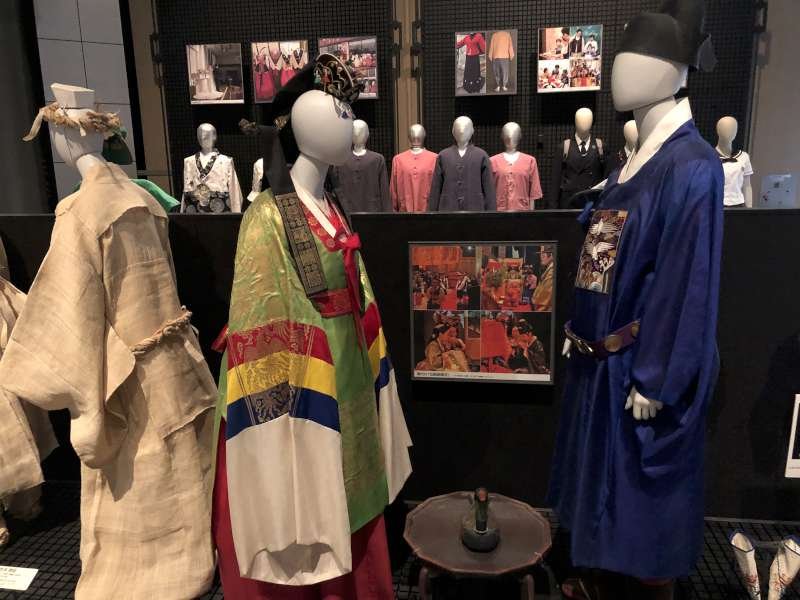

China
China occupies large place of the world with immense landscape and natural diversity, with high mountains in the West and low-lying plains on the east. The amazing variations in countryside and temperature have created a rich variety of natural environments. Beside the major Han Chinese ethnic group that makes over 90% of Chinese population, in the highlands of mainland China we can also find over 50 other minority peoples.
The exhibition of the museum showcases the diversity of Chinese ethnic life ways, while taking into account historical and local characteristics. You can explore here livelihoods, different types of dwellings, costumes, musical instruments, crafts, religions and writing, Han Chinese wedding ceremonies and ancestor worship, indigenous people of Taiwan and Chinese people all over the world who regards China as their ancestral homeland.
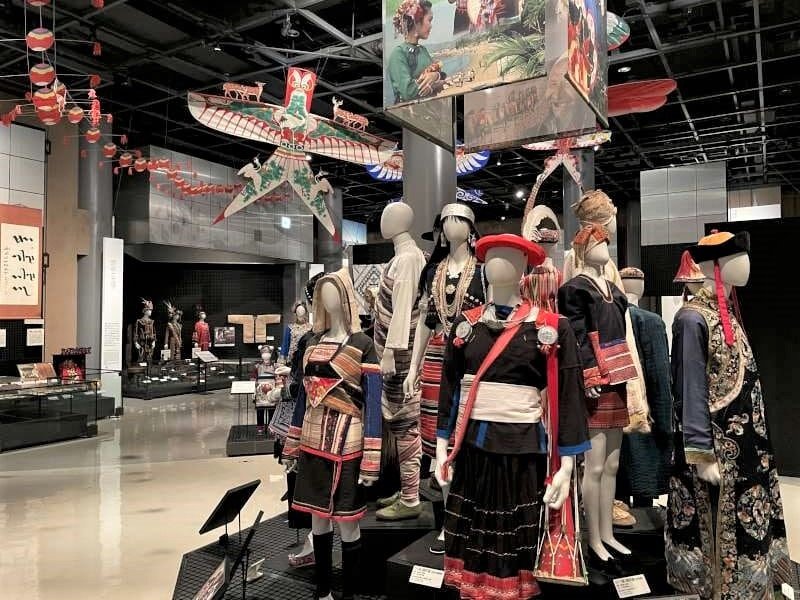
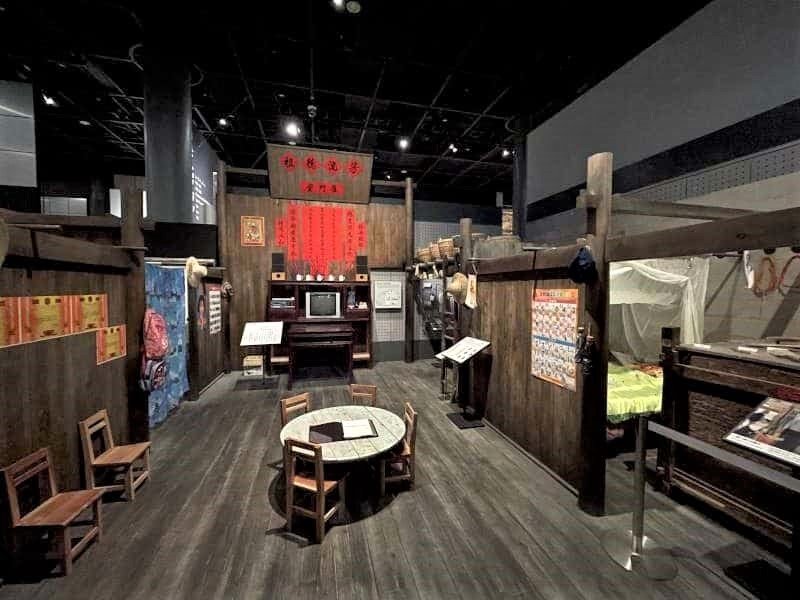
Central and North Asia
Central and North Asia exhibition was one of my favourites because this region has more to offer then it meets the eye. The show spaces are divided into three main sections: Central Asia, Mongolia and Siberia and the Arctic.
The region of Central Asia was an important crossroads for trading and political interactions connecting west to east and north to south. Nations and cultures have mingled here, creating their own and unique ways of life that was suitable for the cold and dry environments. In the 20th century, the socialist rule was established which brought some positive changes the spread of industrialization, education and medical services, however, this also led to the environmental problems such shrinking of the Aral Sea. Today, the region of Central and North Asia has been shifting to market economies and people are rethinking how to co-exist with nature again.
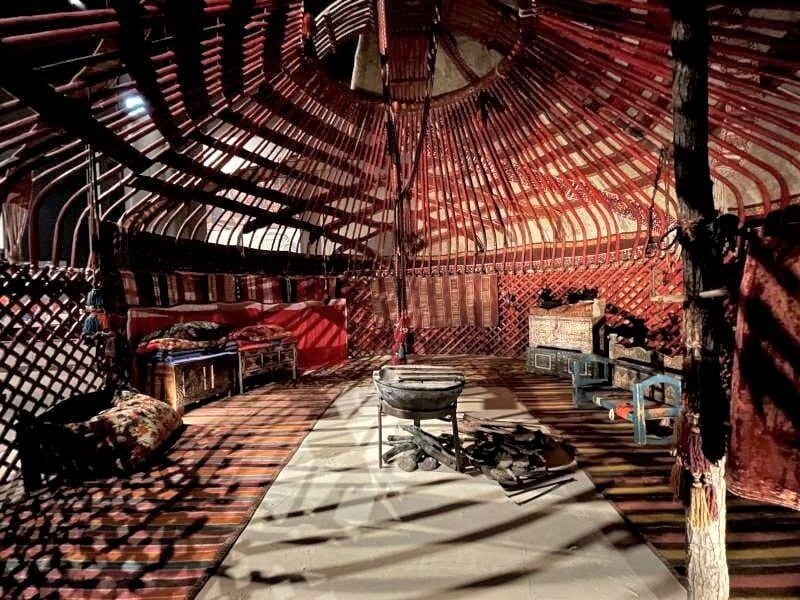

Japan
Japan and the Ainu People
The Japanese exhibition starts in cold Hokkaido, where the indigenous people called Ainu developed a culture adapted to the cold and natural environment of this island. In their language, “Ainu” means human. During Edo and Meiji periods, there was a lot of discrimination against Ainu, but in recent years Japan’s government has acknowledged their history, started to show their respect towards their culture and made a resolution to officially recognize Ainu as indigenous people. In the museum we can peak inside the traditional dwellings and lifestyle of this lesser known culture. Nowadays it is difficult to determine the exact population of Ainu people as they live both inside and outside Japan, but they still reside primarily in Hokkaido.
Japanese archipelago
Long and narrow Japanese archipelago is blessed with a rich variety of landscapes and diverse natural environments that stretch from cold Hokkaido in the north to the tropical islands of Okinawa in the south. Each part of Japan has distinct local traditions that reflect in a way of life or local cuisine. They were influenced by diverse nature and contacts with neighboring cultures from overseas that Japanese adapted and made their own. In this section of the museum, you can experience unique Japanese culture from four different perspectives – Festivals and Arts, Okinawan Lives, Everyday Life and Multicultural Japan.
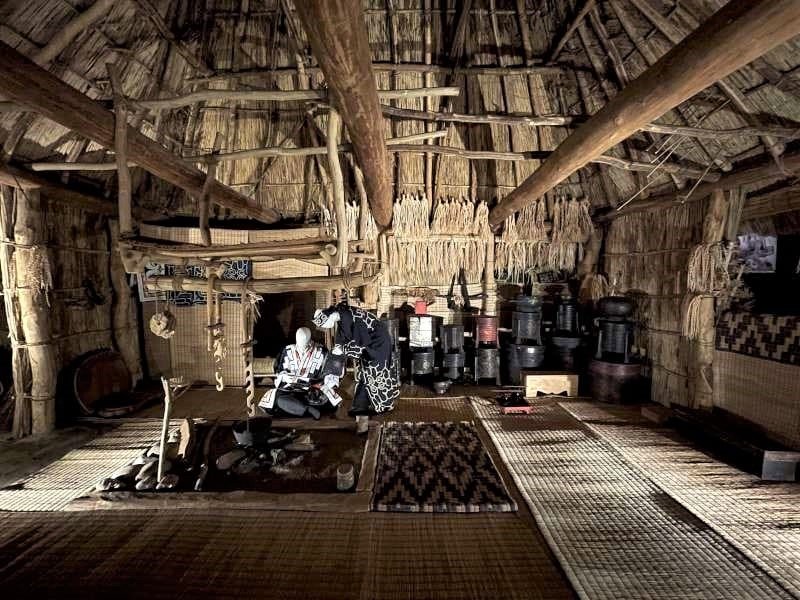
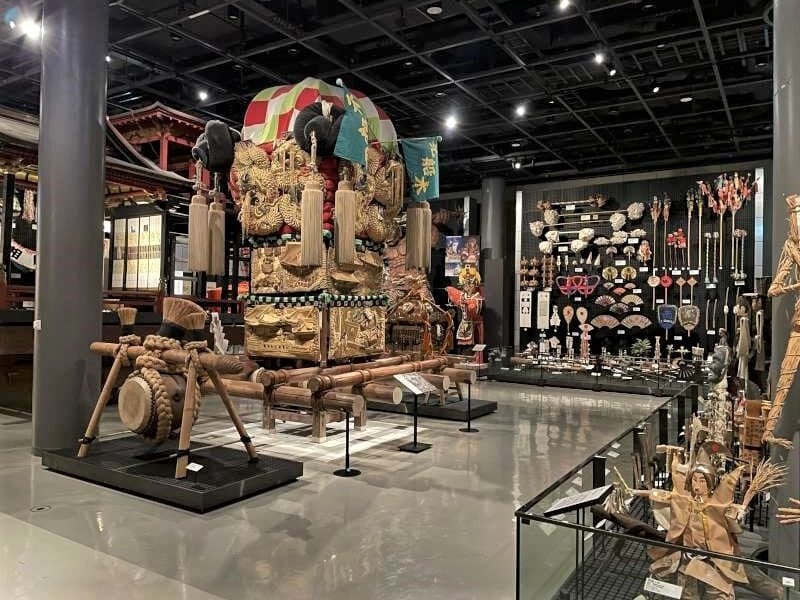
Other Exhibitions
Musical instruments exhibition
In a relatively large area of the museum, you can discover different musical instruments from around the world and learn how music brings people together since the ancient times. From simple drums or powerful gongs, through elegant flutes to popular guitars – each ethnicity and nation in the world found their way how to express themselves through music, dance and song.
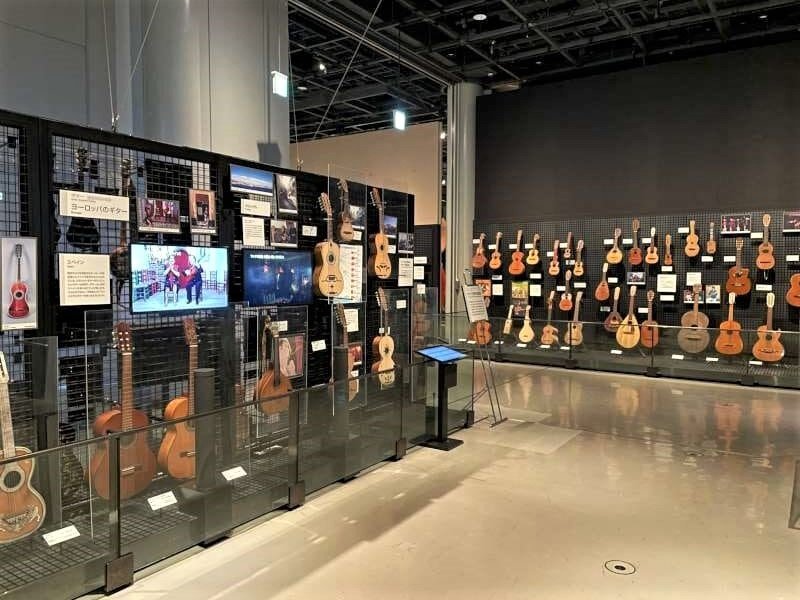
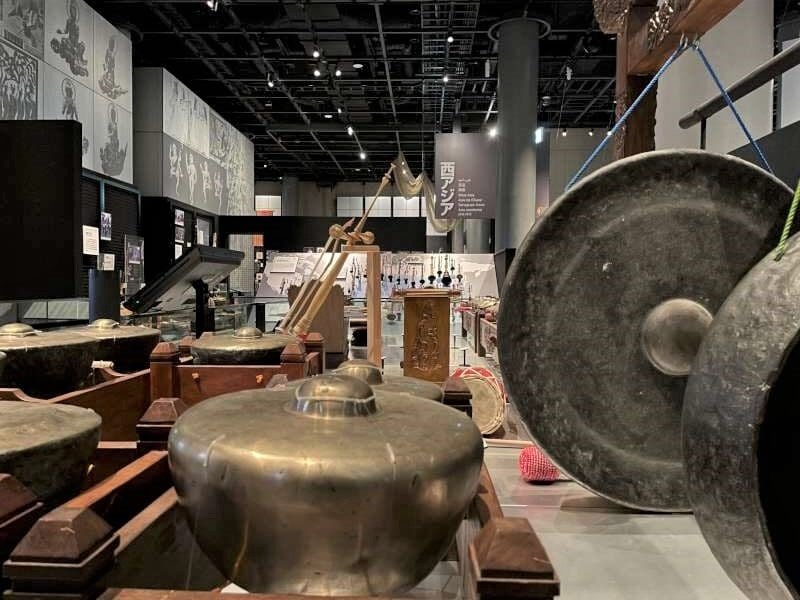
Languages of the World exhibition
Language and communication is an irreplaceable heritage and a powerful tool of all the people of the world. In this exhibition you can not only learn about the origins of the languages, but also see replicas of ancient texts in Egyptian hieroglyphs or more recent literature, such as popular children’s book Very Hungry Caterpillar that was published in England for the first time 1969 and since then it has been translated to 47 languages.
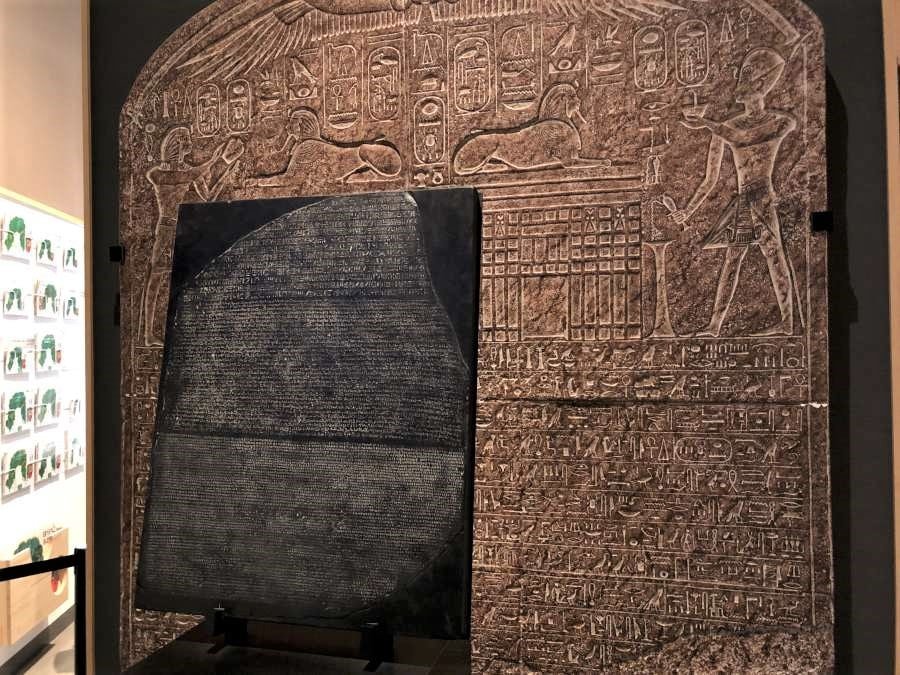
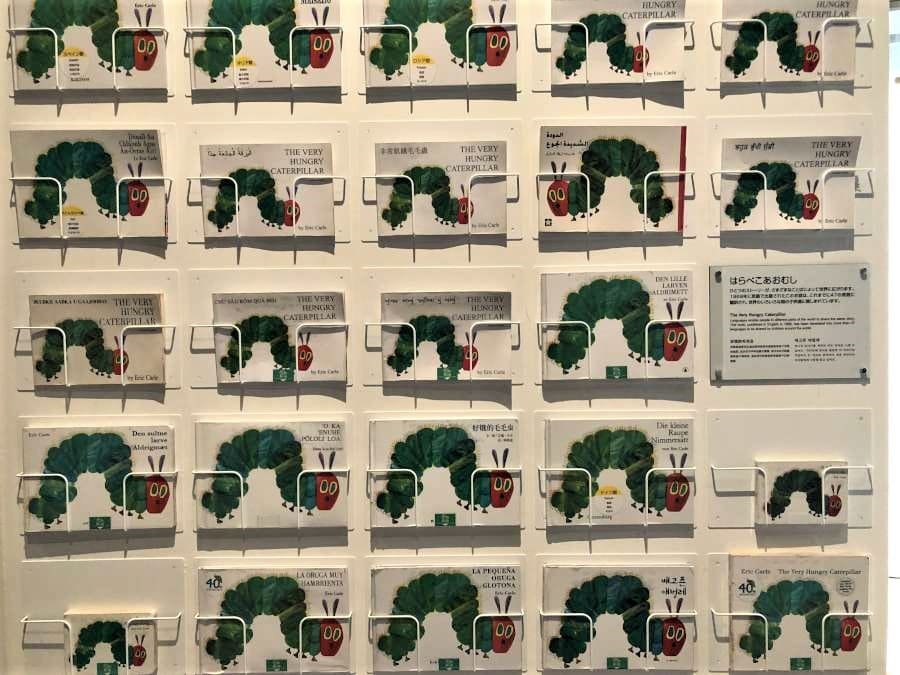
Useful information before your visit
Language
The museum features many signs in English so you don’t have to worry that you will remain “lost in translation”. Some of the signage is in Japanese only, but it always includes a QR code where you can find the explanation also in English, French, Spanish and Russian which is pretty awesome.
Address
How to get there
From Osaka/Umeda Station – Take the red Midosuji line to the Senrichuo station. From Senrichuo take the Osaka monorail to Bampakukinenkoen Station, from there it is about 1 km walk. Alternatively you can take Hankyu-Kyoto line to Minami-Ibaraki station and again, take the Osaka monorail to Bampakukinenkoen Station.
From Namba – Just like from Umeda station, from Namba you can also take the red Midosuji line to Senrichuo and then monorail to the park.
The Museum of Ethnology is located in the suburb Suita on the north of Osaka, within the Expo 70 Commemorative Park. It might be a little bit farther from the city but it is located in the great and lively area. You can spend a whole day in the Expo Park as there are many things to do. A separate article about what to do here will be on our website soon!
Entrance fees
The fee to the museum for adults is 580 yen for the main collection and 250 yen for kids and students. Separate fees apply for special exhibits.
Because the museum is located in the park, you have to pay a separate fee here as well, which is 260 yen per person.
Opening hours
The museum is open daily from 10:00 am to 5 pm with the last admission at 4:30 pm.
The opening for hours to the park are 9:30 am till 5 pm.
If you love exploring museums, let me tell you that Osaka has many! Don’t forget to check out our guides to the Osaka Museum of Housing and Living or Cup Noodles Museum.



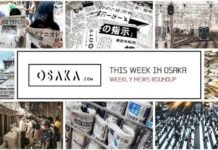

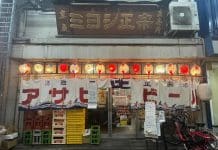




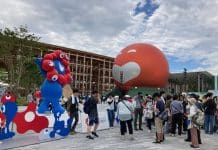












So marvelous to see and hear about ethnographic studies in Japan..
Would you like to see some cultural ethnographic works from Nigeria?